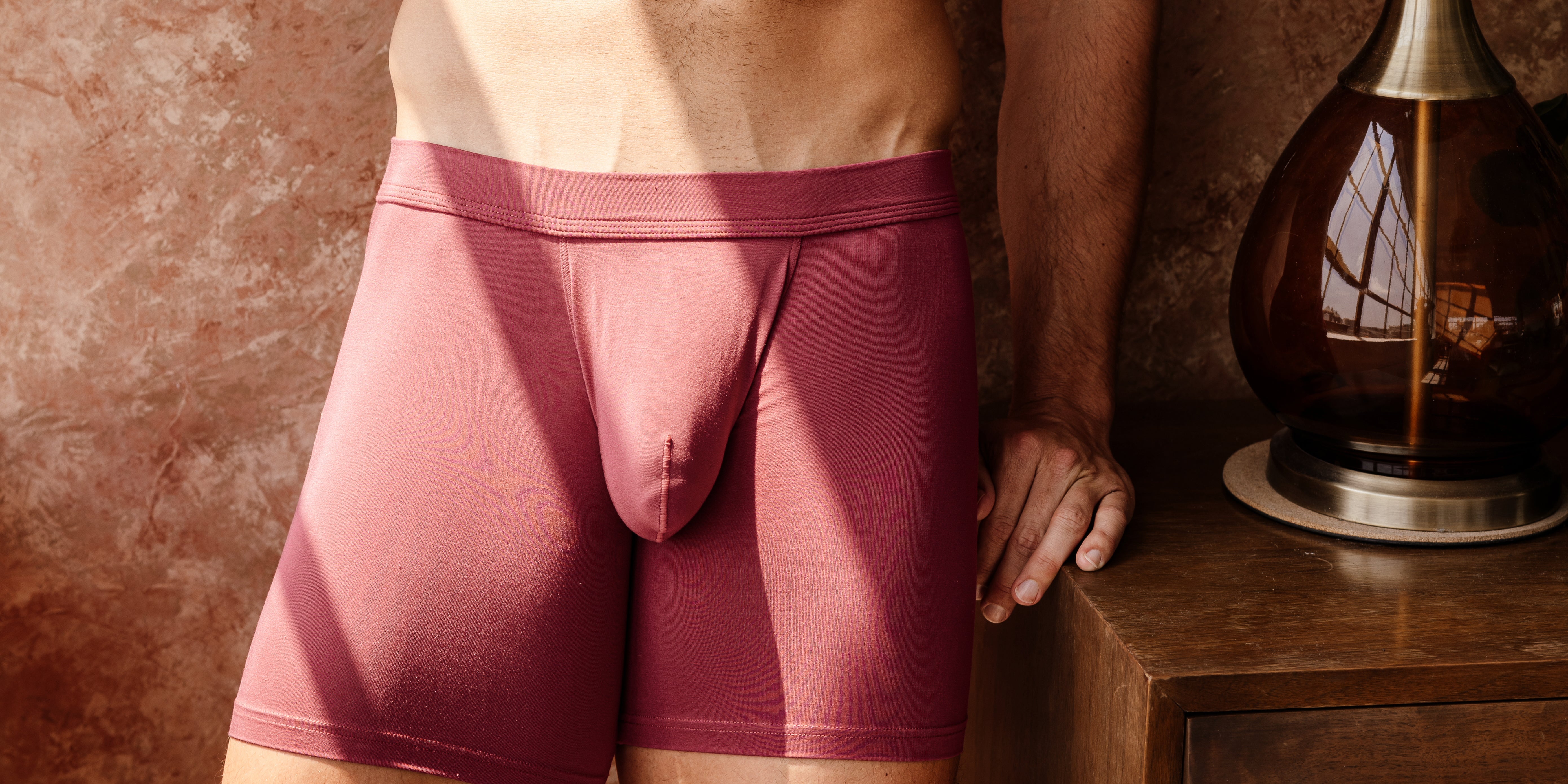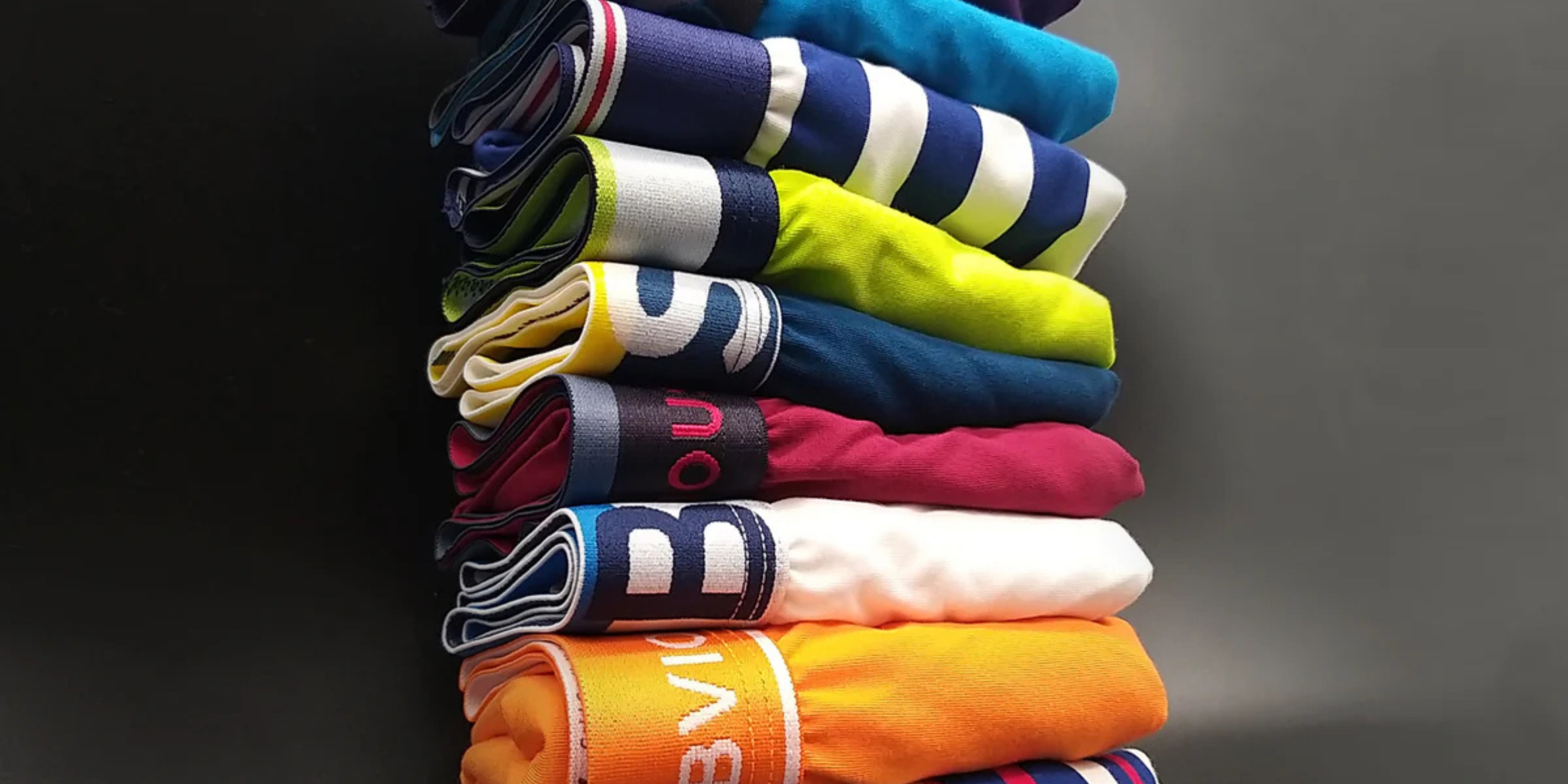
Modal vs Bamboo: What’s The Difference?
As the demand for eco-friendly and luxurious textiles grows, modal and bamboo fabrics have emerged as frontrunners in the race for sustainability and comfort. Whether you're a fashion-forward shopper, a health-conscious parent, or an athlete seeking high-performance materials, understanding the differences between these two fabrics can guide you toward a more informed purchase. Join us as we unravel the unique attributes of modal and bamboo, exploring their benefits and potential to revolutionize your wardrobe and home.
What Is Modal?
Modal is a type of semi-synthetic fabric renowned for its exceptional softness, breathability, and eco-friendly production process. Derived from beech tree pulp, modal is a form of rayon that undergoes a unique spinning process to create fibers that are not only silky to the touch but also highly durable and resistant to shrinkage. Its moisture-wicking properties make it an ideal choice for activewear, sleepwear, and undergarments, offering comfort and performance in equal measure. Furthermore, modal's production is often more sustainable than traditional cotton, as it requires less water and energy, making it a favored option among eco-conscious consumers seeking both luxury and environmental responsibility in their textiles.
What Is Bamboo?
Bamboo fabric is a versatile and sustainable textile derived from the fast-growing bamboo plant, celebrated for its remarkable softness, breathability, and eco-friendly attributes. The process of transforming bamboo into fabric involves either mechanical or chemical methods, with the latter producing bamboo viscose, a popular form known for its silky texture and moisture-wicking capabilities. Bamboo fabric is naturally hypoallergenic and antibacterial, making it an excellent choice for individuals with sensitive skin or allergies. Its ability to regulate temperature and resist odors makes it ideal for a wide range of applications, from luxurious bedding and towels to stylish activewear. As a renewable resource that grows rapidly without the need for pesticides or excessive water, bamboo stands as a beacon of sustainability, appealing to those who prioritize environmental stewardship in their purchasing decisions.
Modal vs Bamboo What’s The Difference?
Source and Production
- Modal: Derived from beech tree pulp, modal is a type of rayon that undergoes a chemical process to create its fibers. The production of modal is often more environmentally friendly than traditional rayon, as it typically uses a closed-loop system that recycles water and solvents.
- Bamboo: Bamboo fabric is made from the pulp of the bamboo plant. The production can involve either mechanical processing, which is more eco-friendly, or chemical processing to create bamboo viscose. Bamboo grows rapidly and requires minimal resources, making it a highly sustainable raw material.
Texture and Feel
- Modal: Known for its incredibly soft and silky texture, modal is often compared to cotton but with a more luxurious feel. It drapes well and maintains its softness even after multiple washes.
- Bamboo: Bamboo fabric is also celebrated for its softness, often likened to cashmere or silk. It is smooth against the skin and provides a comfortable, breathable experience.
Environmental Impact
- Modal: Generally considered more sustainable than traditional cotton, modal requires less water and energy in its production. The use of beech trees, which are regenerative, further enhances its eco-credentials.
- Bamboo: As a rapidly renewable resource, bamboo grows quickly without the need for pesticides or excessive water. However, the chemical processing of bamboo into viscose can have environmental drawbacks unless managed responsibly.
Performance and Durability
- Modal: Modal is highly durable, resistant to shrinkage, and retains its color and shape well over time. Its moisture-wicking properties make it ideal for activewear and undergarments.
- Bamboo: Bamboo fabric is naturally antibacterial and hypoallergenic, making it suitable for sensitive skin. It offers excellent moisture-wicking and temperature-regulating properties, making it perfect for both activewear and bedding.
Cost and Accessibility
- Modal: Typically more expensive than conventional cotton but often seen as a worthwhile investment due to its durability and luxurious feel.
- Bamboo: Prices for bamboo fabrics can vary depending on the processing method, but they are generally competitive with other high-quality textiles, offering a balance of luxury and sustainability.

Is Bamboo Better Than Modal?
Determining whether bamboo is better than modal largely depends on individual priorities, as both fabrics offer unique advantages. Bamboo fabric excels in sustainability due to its rapid growth and minimal resource requirements, while also being naturally antibacterial and hypoallergenic, making it ideal for sensitive skin. Modal, on the other hand, is celebrated for its luxurious softness, durability, and superior moisture-wicking capabilities, making it a top choice for activewear and everyday comfort. When combined, these two materials create a fabric that embodies the best of both worlds: the eco-friendly and skin-friendly attributes of bamboo, coupled with the silky texture and resilience of modal. This blend offers a harmonious balance of sustainability, comfort, and performance, appealing to those who seek the ultimate in textile innovation.
What Are The Common Uses For Modal vs Bamboo?
- Clothing and Fashion: Both modal and bamboo are popular choices for everyday wear, including t-shirts, dresses, and loungewear, due to their softness, breathability, and stylish drape. These fabrics provide comfort and elegance, making them staples in any fashion-forward wardrobe.
- Activewear: With their excellent moisture-wicking and breathable properties, modal and bamboo are ideal for activewear such as yoga pants, sports bras, and workout tops. They help keep the body cool and dry during physical activities, enhancing performance and comfort.
- Underwear: The silky texture and hypoallergenic nature of both modal and bamboo make them perfect for underwear. They offer a soft, comfortable fit that is gentle on the skin, providing all-day comfort and support.
- Bedding and Home Textiles: Modal and bamboo are frequently used in the production of luxurious bed sheets, pillowcases, and blankets. Their ability to regulate temperature and resist odors ensures a restful and refreshing sleep experience.
- Towels and Bathrobes: The absorbent and quick-drying qualities of bamboo and modal make them excellent choices for towels and bathrobes. These fabrics provide a plush, spa-like feel while efficiently wicking away moisture, making them a favorite for bathroom textiles.
Is Modal More Durable Than Bamboo?
Modal is generally considered more durable than bamboo, particularly when it comes to maintaining its shape, color, and softness over time. The fibers in modal are designed to withstand repeated washing without shrinking or losing their luxurious feel, making it an excellent choice for garments and textiles that require longevity. Bamboo fabric, while also durable, can vary in resilience depending on the processing method used to create it. Bamboo viscose, for instance, may not be as robust as modal in terms of wear and tear. However, both fabrics offer impressive durability compared to many conventional textiles, and when blended, they can complement each other's strengths, resulting in a fabric that is both resilient and exceptionally comfortable. This makes them both excellent choices for those seeking long-lasting, high-quality materials.
Conclusion
In the dynamic landscape of sustainable textiles, both modal and bamboo stand out as exemplary choices, each offering unique benefits that cater to a wide array of consumer needs. Modal impresses with its unparalleled softness, durability, and moisture-wicking capabilities, making it a favorite for those seeking luxury and performance. Bamboo, with its eco-friendly growth and natural antibacterial properties, appeals to the environmentally conscious and those with sensitive skin. Ultimately, the decision between modal and bamboo hinges on personal priorities, whether they be sustainability, comfort, or durability. By understanding the distinct characteristics of each fabric, consumers are empowered to make informed choices that align with their values and lifestyle, embracing a future where style and sustainability coexist harmoniously.
Final Thoughts
At Obviously Apparel, our mission is to exceed your expectations with our superior underwear. Crafted from high-quality materials like bamboo and micromodal, our products provide a luxurious touch that suits your lifestyle, whether you're active or simply relaxing. Discover unparalleled comfort with Obviously Apparel's men's underwear and transform your daily routine.
Sources




